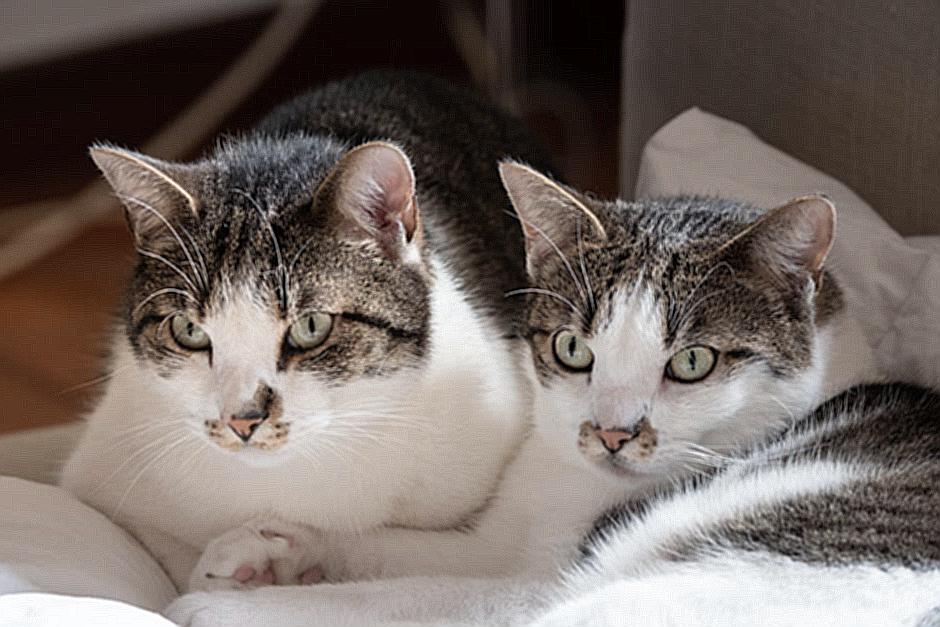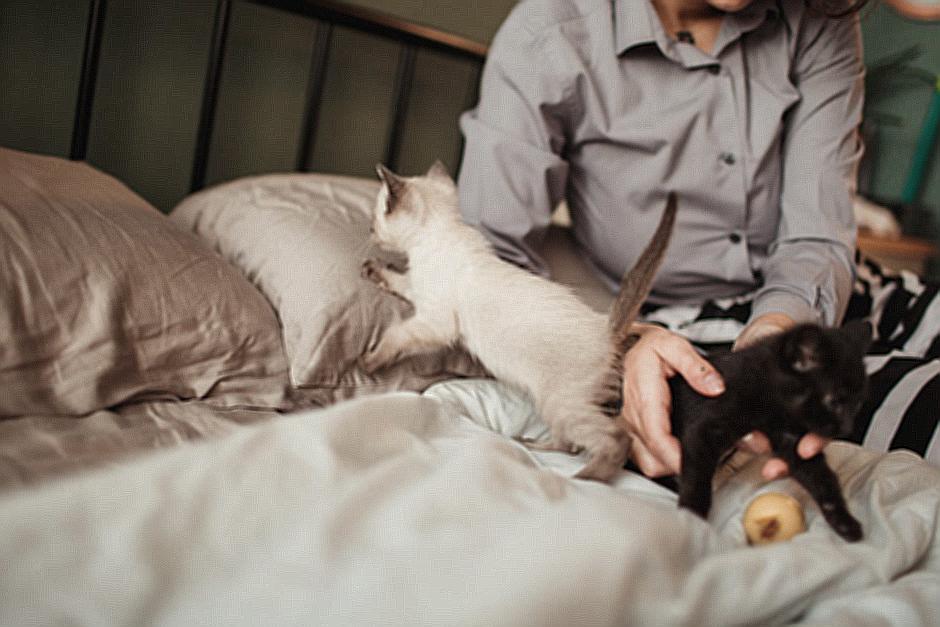
Declawing cats has been a controversial practice that has been debated for decades and is now a point of great controversy. It is a surgical procedure that involves amputating the last joint of a cat’s toes, resulting in significant physical pain for the dog. The procedure is often done for convenience rather than for a medical purpose, and many animal advocates condemn the procedure vehemently.
According to a growing body of evidence, declawing can cause cats great physical pain and suffering. Cats get pain the same as humans, and the declawing procedure involves severing the tendon and cutting through bone, nerve, and connective tissue. The nerve endings in the toe joints are particularly fragile, and the discomfort can last up to several weeks after surgery. Cats can suffer acute pain as a result of the declawing procedure, which can lead to long-term physical and psychological difficulties.

Declawing’s psychological consequences can be just as profound as the physical ones. Cats that have been declawed may become more aggressive and afraid, because the treatment can make them more vulnerable and vulnerable. As a result, cats can become more prone to injury and may even start biting and scratching more than normal. In some cases, cats may be so traumatized by the declawing procedure that they no longer use the litter box and begin urinating or defecating in inappropriate places.
Declawing has a long-term effect on cats, both physically and psychologically. Cats that have been declawed are more likely to experience arthritis and joint pain in their later years, as well as heightened sensitivity to pain. The procedure has also been attributed to an increased risk of infection, since the amputated tissue can make cats more vulnerable to infections.
Declawing cats is a controversial procedure that should be treated with caution. Although some people will choose to declaw their cats for convenience, it is important to understand the psychological and emotional ramifications of the procedure and the potential long-term effects it can have on cats. If you are considering declawing your cat, it is important to discuss the procedure with your veterinarian and to understand the potential risks and complications involved.

